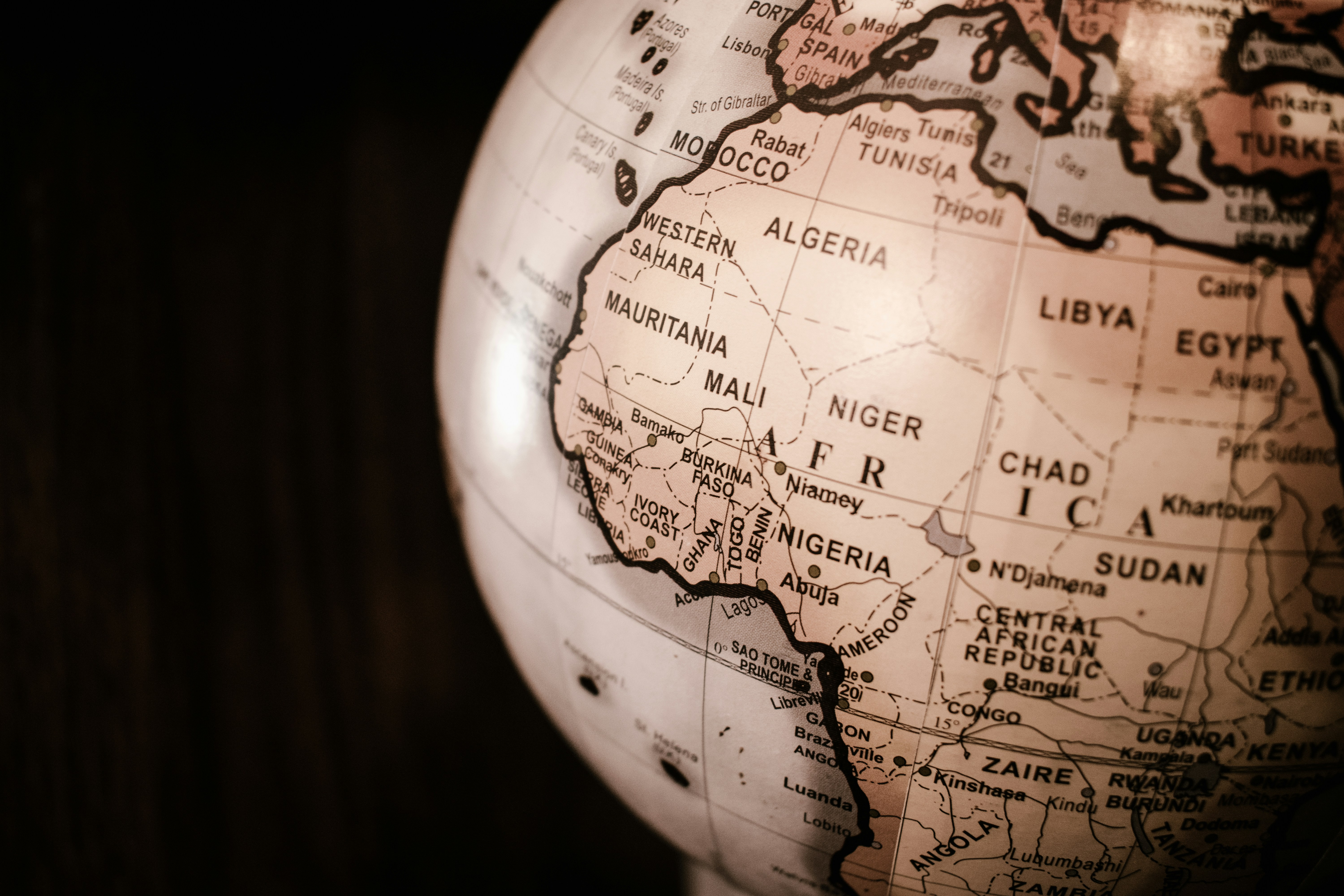As the final part of our series on inflation in Africa, Africa Data Hub is launching our Inflation Observer tool. This tool is designed to make finding inflation data about African countries as easy as possible, at no cost to the user. You can find the first release of it here.
We’ve made it as simple to use as possible. Just select a county and an indicator, such as headline Consumer Price Inflation (CPI - technically referred to as “All Items”) or one of the other COICOP indicators such as food, transport, housing or healthcare and you’ll see a chart reflecting up to 14 years of data for your country, going back to the global financial crisis of 2008. You can use the tool to create charts to enhance your reporting, or access the complete dataset.

We think this tool will help journalists, academics and civil society to answer fundamental questions such as:
- How are African countries coping with the rapid increase in the cost of food, fuel and consumer goods as a result of the pandemic, the invasion of Ukraine and other geopolitical events largely out of their control in 2022?
- What are the impacts of local policy making and business decisions on the cost of living crisis?
This is the first version of a tool to interrogate the first major dataset Africa Data hub has worked on outside of Covid-19 reporting, and we’re keen to get your feedback.
How we created the Inflation Observer
Putting the Africa Data Hub Inflation Observer together was no small challenge. The existing archives of data all present problems for users looking for easily accessible, up-to-date information they can use to add context to their reporting.

The World Bank, for example, only updates its figures for nations annually. The International Monetary Fund (IMF), on the other hand, does carry monthly inflation numbers, but the onus is on local statistics agencies to supply them, with the result that updates can be slow. Because there is decades of data in the IMF’s resource, the site itself can be slow and unwieldy too.
National governments, meanwhile, do generally publish monthly updates, but more often than not these are in PDF format, making it difficult to look at long term analysis. Some commercial organisations, such as Trading Economics, do have very up-to-date information, but charge for access.
Our starting point for the Inflation Observer was to use the IMF’s dataset as a starting point, and identify first of all a list of national offices on the continent which publish CPI data. Then we identified those countries whose data in the IMF numbers was complete and updated more or less in sync with local updates.
For the rest, we scraped data from published PDFs or Excel sheets to fill in some historical gaps, and created two standalone datasets which we manually update with new data once a week. This is a process that we are working on automating over the next few months
Interested in more? Check out our high resolution wave chart, 14 years of inflation in Africa here.
The full list of countries covered, with an indication of how complete the data set is, is below.
This list is a work in progress, and if we see opportunities to further enrich the IMF’s dataset we will do so (if you know of any opportunities, please help us out by dropping us a mail).
User-friendly design at work
The Africa Data Hub Inflation Observer may seem a little simplistic in design, and that’s because it is. Our aim is to get you, the user, to the data you need as fast as possible. Everything is designed to be fast loading, easily navigable, and discoverable from a Google Search.
We would love your feedback on this tool. If you would like to stay up-to-date with new features and the launch of other Africa Data Hub Observers, sign up for our newsletter here.
This is the fourth in a series of stories about inflation in Africa. If you missed part one in this series, you’ll find it here, and part two and three are here. Sign up to our newsletter or follow us on Twitter or Facebook to be the first to find out when more updates are published.


-p-1080.jpg)



%20(4).png)
.png)

